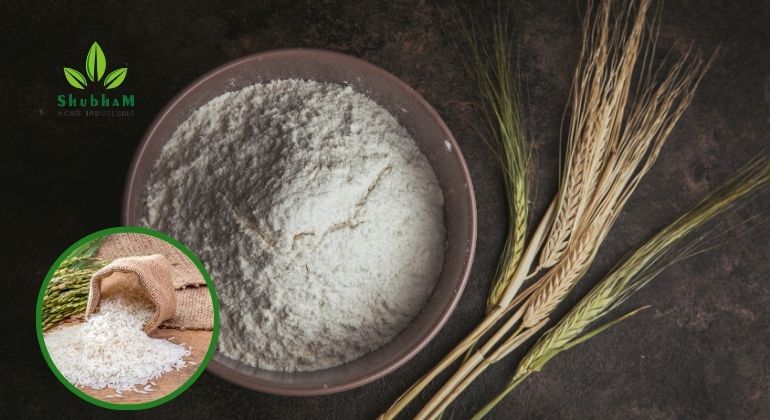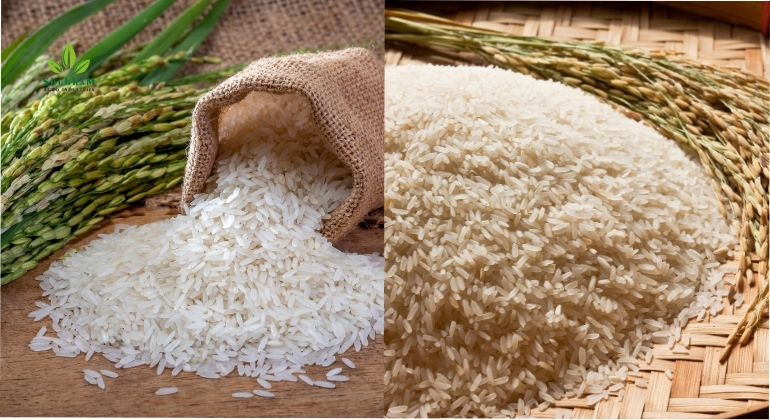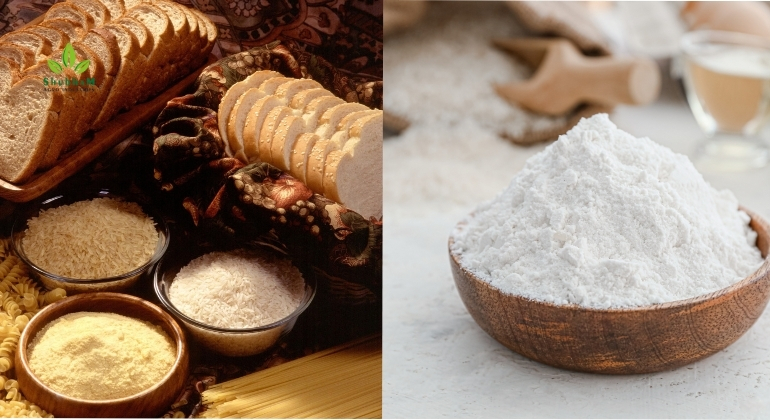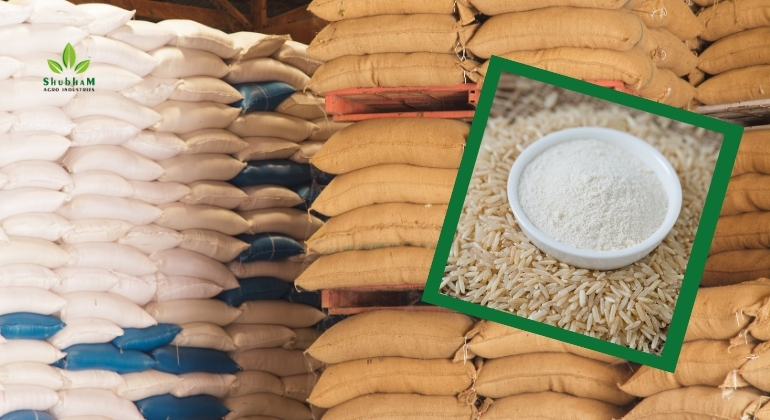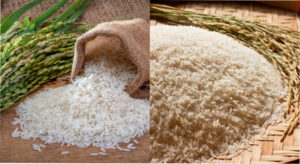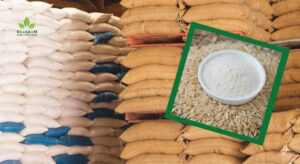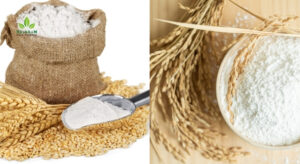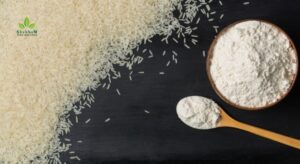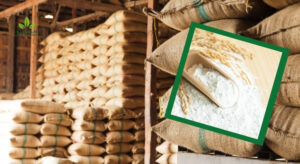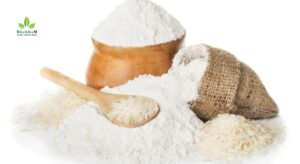Know About The Uses and Benefits of Rice Flour
Rice flour, a versatile kitchen staple in many cultures, has been cherished for its numerous culinary applications and health benefits. Derived from finely milled rice, this gluten-free flour offers a wide range of uses, making it a favourite among those seeking nutritious and adaptable ingredients. In this blog post, we will know about the uses and benefits of rice flour in daily life.
Culinary Applications of Rice Flour:
- Gluten-Free Baking: For gluten-free baking, rice flour is a great option. It may be used in place of wheat flour in a variety of recipes, including those for bread, muffins, cookies, and cakes, due to its neutral flavour and fine texture.
- Thickening Agent: When making gravies, sauces, soups, and stews, rice flour is frequently used as a thickening agent. It may provide a creamy, silky mouthfeel while avoiding gluten.
- Batter and Coating: Rice flour may be used to make a batter or coating for frying dishes like tempura, fried chicken, or fish when combined with water or other liquids. It produces a finish that is golden-brown, light, and crispy.
- Asian Delicacies: A common component in many Asian recipes is rice flour. Rice noodles, rice cakes, and rice paper wraps, such as those seen in Vietnamese spring rolls, are all made using it. These meals gain personality from the chewy rice flour texture.
- Desserts: Many classic sweets require rice flour as a key ingredient. Rice pudding, rice cakes, and mochi, a Japanese rice cake renowned for its distinctive chewy texture, are all prepared with it.
Health Benefits of Rice Flour:
- Gluten-Free: Being completely gluten-free is one of rice flour’s main benefits. As a result, it offers people with celiac disease or gluten intolerance a secure and healthy alternative.
- Easy Digestibility: Being easily digested, rice flour might be especially advantageous for those who have digestive problems. It can ease pain and is easy on the stomach.
- Nutrient-Rich: Many of the vitamins, minerals, and dietary fibre included in whole rice are still present in rice flour. It is a source of vital nutrients that are frequently lost when other grains are ground.
- Energy Boost: A valuable source of carbohydrates that provides a constant and prolonged release of energy is rice flour. It may be a useful supplement to an athlete’s or active person’s diet.
- Low in Fat: Since rice flour is inherently low in fat, it is a better option for anyone trying to reduce their consumption of fat.
- Iron Content: Particularly, brown rice flour is a significant source of iron. Iron is essential for normal blood flow and can help ward off anaemia.
Tips for Using Rice Flour:
- Blend Flours: If you plan to bake using rice flour, you might want to combine it with other gluten-free flours like tapioca, potato, or almond flour. This mixture contributes to the texture and flavour of your baked goods being more evenly distributed.
- Thicken Gradually: If you’re using rice flour to thicken a sauce or liquid, add it gradually while stirring constantly to prevent lumps.
- Experiment: Don’t be afraid to play around with rice flour in your cooking. Take advantage of its versatility in your culinary creations by including it in both sweet and savoury recipes.
- Quality Matters: To get the finest results, use premium rice flour. Search for pure, additive-free rice flour that has been thoroughly milled.
Conclusion
In addition to being a culinary chameleon who can transform a wide range of recipes, rice flour is also a wholesome and nutritious option for those looking for gluten-free substitutes. Rice flour may be used to make a wonderful gluten-free dessert, thicken a savoury sauce, or make a light and crispy batter for frying. It’s a useful addition to any kitchen thanks to its outstanding adaptability and a host of health advantages because it enables you to discover new culinary possibilities while promoting a healthy lifestyle.
